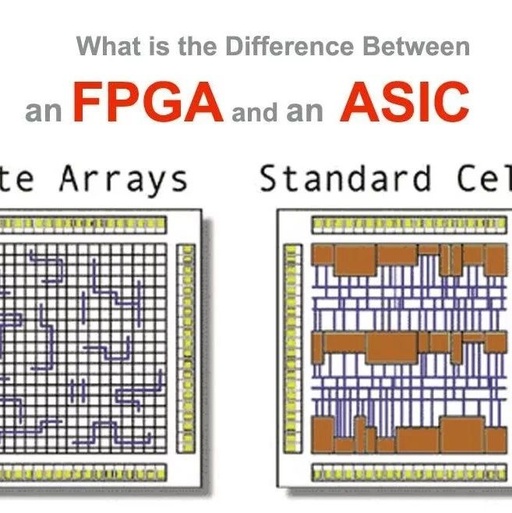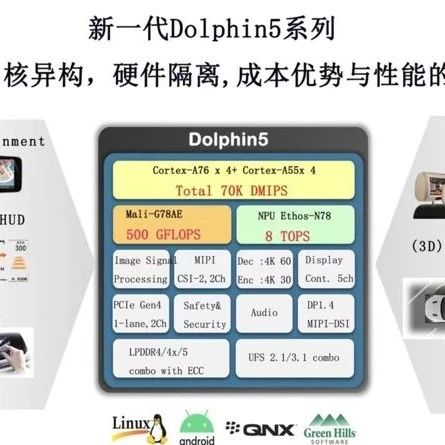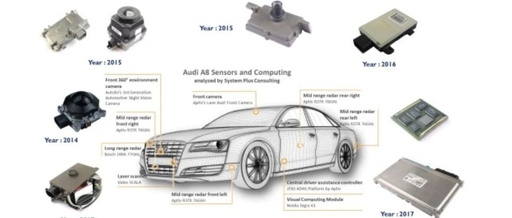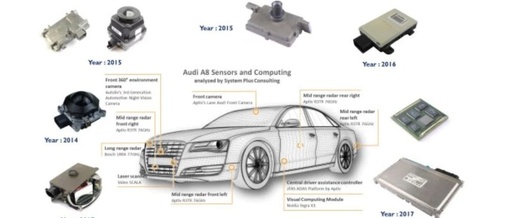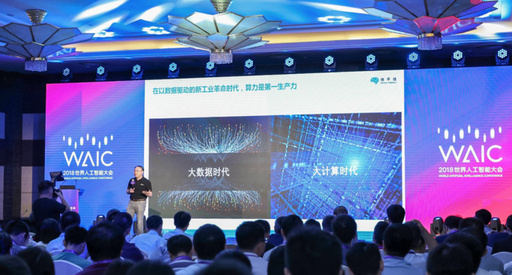The FPGA vs. ASIC Battle: A Tough Fight Over Cost, Power Consumption, and Performance
【Join the GGAI Intelligent Automotive Industry Group (Autonomous Driving Industry Group 3, Intelligent Connected Cockpit Group 2, Intelligent Commercial Vehicle Industry Group), WeChat: 15818636852. Limited to intelligent connected software and hardware companies, automotive parts, and OEM manufacturers】 On June 4, 2018, domestic ADAS company Maxieye Intelligent Driving Technology announced the launch of its second-generation pre-installed … Read more
